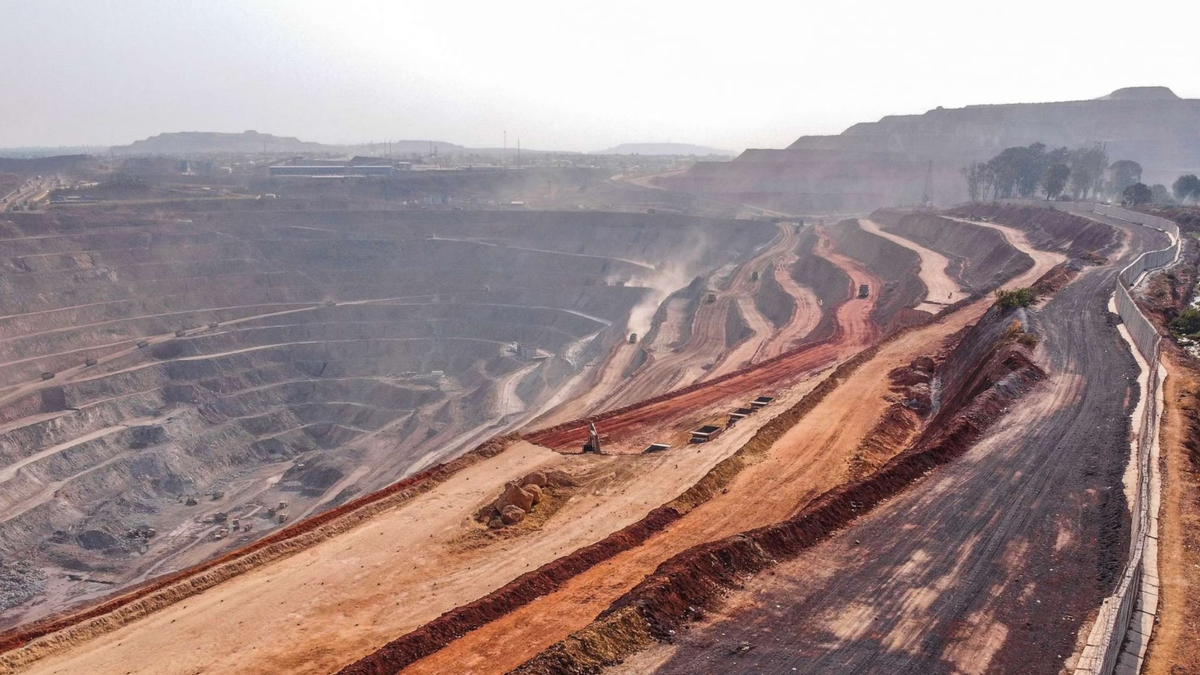Activists are concerned that high-profile cobalt consumer Tesla isn’t doing enough to demand that its cobalt be mined ethically without the use of child or forced labor. The EV company says it is implementing checks on its suppliers, but these checks amount to scheduled visits by third party monitors who give the mines time to clear out any potential youth workers before the visit. Elon once promised to install a webcam to monitor the mine in real time, but that’s been walked back to a single blurry satellite image every month, reports Forbes.
It’s laughable that any of these practices are preventing child labor, especially when Tesla’s cobalt supply is getting mixed in with the output from dozens of area mines. Kamoto Copper Co. is the primary supplier of cobalt to Tesla, and while it runs a large “mechanized” mine, it also buys additional cobalt in from area “artisanal” mines, which almost certainly employ child labor, and in some cases forced labor.
Cobalt mining in the Democratic Republic of the Congo is a booming industry that is putting a lot of citizens to work, as something like 70 percent of the world’s cobalt comes from the African nation. Humanitarian groups are concerned that these workers are often children spending their formative years hauling rocks instead of learning and playing. According to a study by the Geneva Center for Business and Human Rights, about 40,000 people under 18 are working in DRC small-scale mining operations. Many are working because families don’t have access to child care or because they need additional income.
Tesla says it is working to rid the company’s supply chain of cobalt altogether, and its current battery chemistry is just three percent cobalt by weight. The company has rolled out a Lithium Iron Phosphate battery which does away with cobalt altogether, but it isn’t clear which cars, or what percentage of production has the LFP batteries installed.
The cost of cobalt has recently dropped by nearly half, which is a manifold problem. Not only does this make life more difficult for workers in the DRC, as yield demand increases and wages fall, but it increases demand for cobalt altogether because it’s cheaper to produce cobalt batteries than the new LFP batteries. Benchmark Mineral Intelligence, a firm that tracks demand for metals used in battery production, told Forbes that it is likely Tesla is still using around the same three percent.
“The move to reduce cobalt in cells has broadly become less of a priority for many cell and auto manufacturers due to the lower price environment linked to the current period of oversupply the cobalt market is experiencing,” said Caspar Rawles, Benchmark’s chief data officer. “Despite cobalt consumption trending down slowly on a per unit basis, overall consumption is rising due to increasing vehicle sales, which far outweighs any reduction at the cell level.”
While Tesla isn’t the only EV company using DRC cobalt, it is perhaps the highest profile user, and its leadership position in the EV space has made it a target for human rights activist groups. This is an industry-wide problem, and deserves attention from everyone using lithium in batteries. These batteries go in everything from your television remote to your laptop and cell phone. Cobalt, in a way, makes day to day life possible, and all of that is built on the backs of children living in labor hell.

